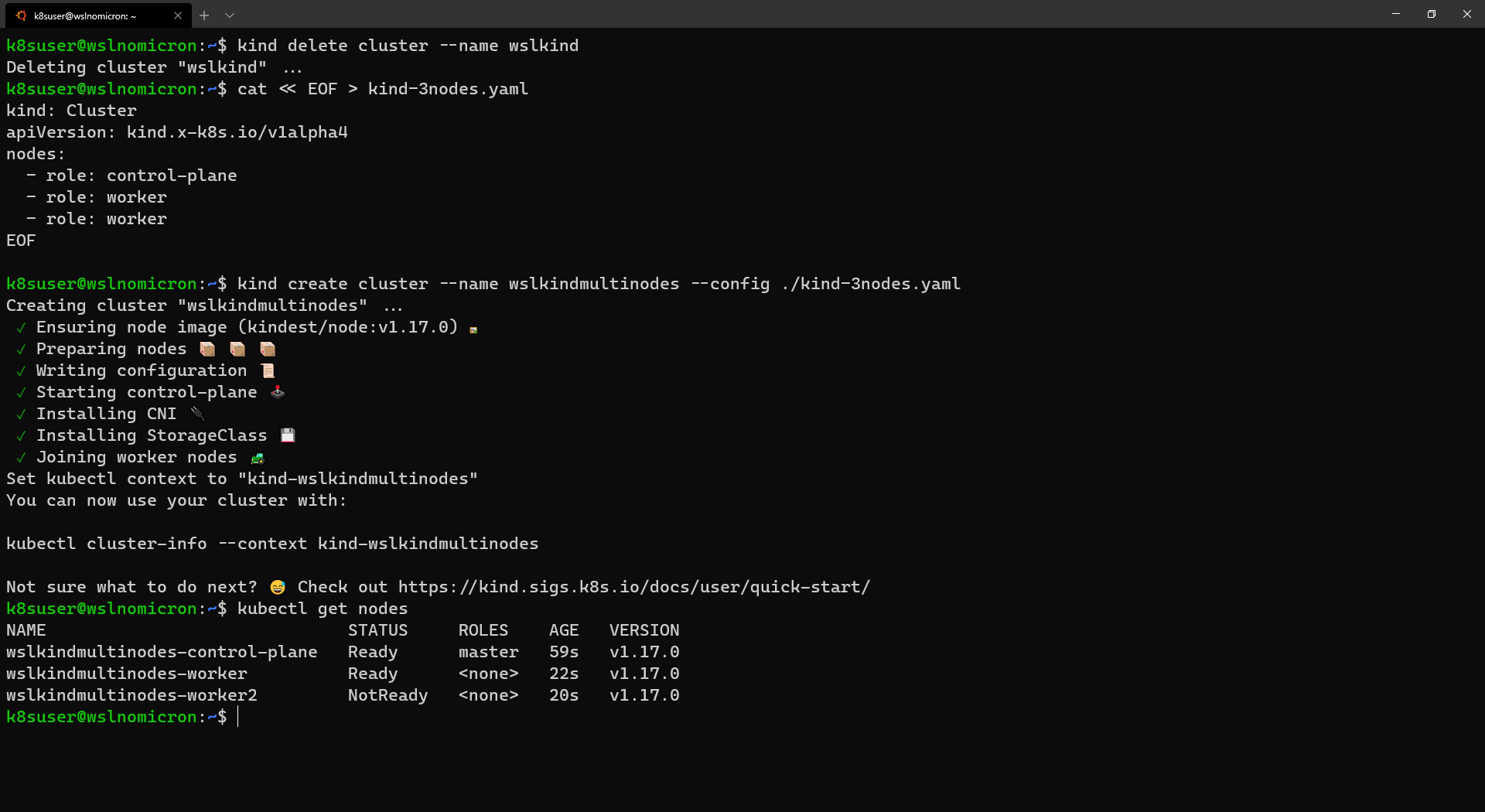

NewReplicaSet: kubernetes-dashboard-658485d5c7 (0/1 replicas created) Type: Secret (a volume populated by a Secret) certs from kubernetes-dashboard-certs (rw) NAMESPACE NAME DESIRED CURRENT READY AGE kubernetes-dashboard dashboard-metrics-scraper-79c5968bdc 1 0 0 106m kubernetes-dashboard kubernetes-dashboard-658485d5c7 1 0 0 106m. NewReplicaSet: dashboard-metrics-scraper-79c5968bdc (0/1 replicas created) So, the kubectl get pods -A returns No resources found and kubectl get rs -A returns. Progressing False ProgressDeadlineExceeded Type: EmptyDir (a temporary directory that shares a pod's lifetime)Īvailable False MinimumReplicasUnavailable Liveness: http-get delay=30s timeout=30s period=10s #success=1 #failure=3 Image: kubernetesui/metrics-scraper:v1.0.6 In other words, every Linux container that you created ran inside a virtual machine in Hyper-V. When Docker for Windows was released, it supported Hyper-V as its virtualization technology. It can run both Windows and Linux containers, but in this guide, you will focus primarily on Linux containers.

RollingUpdateStrategy: 25% max unavailable, 25% max surgeĪnnotations: .io/pod: runtime/default Docker is a tool designed to run containers.
#Docker for windows kubernetes dashboard driver#
On the other hand, Minikube has more complete Kubernetes support with multiple add-ons and driver support (e.g.
#Docker for windows kubernetes dashboard for mac#
Docker for Mac is very easy to install, but it also comes with limited configuration options. D:data>kubectl port-forward kubernetes-dashboard-5bd6f767c7-9rpcd 9000:8443 -namespacekube-system Forwarding from 127.0.0. Replicas: 1 desired | 0 updated | 0 total | 0 available | 1 unavailable Similar to the Windows version, Docker for Mac provides an out of the box solution using a native virtualization system. Selector: k8s-app=dashboard-metrics-scraper Labels: k8s-app=dashboard-metrics-scraperĪnnotations: /revision: 1 Kubectl describe deployment -A returns Name: dashboard-metrics-scraper Kubernetes-dashboard kubernetes-dashboard-658485d5c7 1 0 0 106m Kubernetes-dashboard dashboard-metrics-scraper-79c5968bdc 1 0 0 106m So, the kubectl get pods -A returns No resources found and kubectl get rs -A returns NAMESPACE NAME DESIRED CURRENT READY AGE etc/kubernetes/kubeconfig apiVersion: v1 KUBELET_API_SERVER="-kubeconfig=/etc/kubernetes/kubeconfig" KUBELET_HOSTNAME="-hostname-override=k8s-worker-1"

etc/kubernetes/kubelet: KUBELET_ADDRESS="-address=0.0.0.0" KUBE_ADMISSION_CONTROL="-admission-control=NamespaceLifecycle,NamespaceExists,LimitRanger,Securit圜ontextDeny,ServiceAccount,ResourceQuota" etc/kubernetes/apiserver: KUBE_API_ADDRESS="-address=0.0.0.0" KUBE_ALLOW_PRIV="-allow-privileged=false" My Dashboard Find Training Find Training Missions. The /etc/kubernetes/config file on both: KUBE_LOGTOSTDERR="-logtostderr=true" On my ESXi hypervisor I installed two PhotonOS VMs and made the first one a Kubernetes Master and the second one a Kubernetes Node according to this instructions from VMWare and the following two sites.


 0 kommentar(er)
0 kommentar(er)
